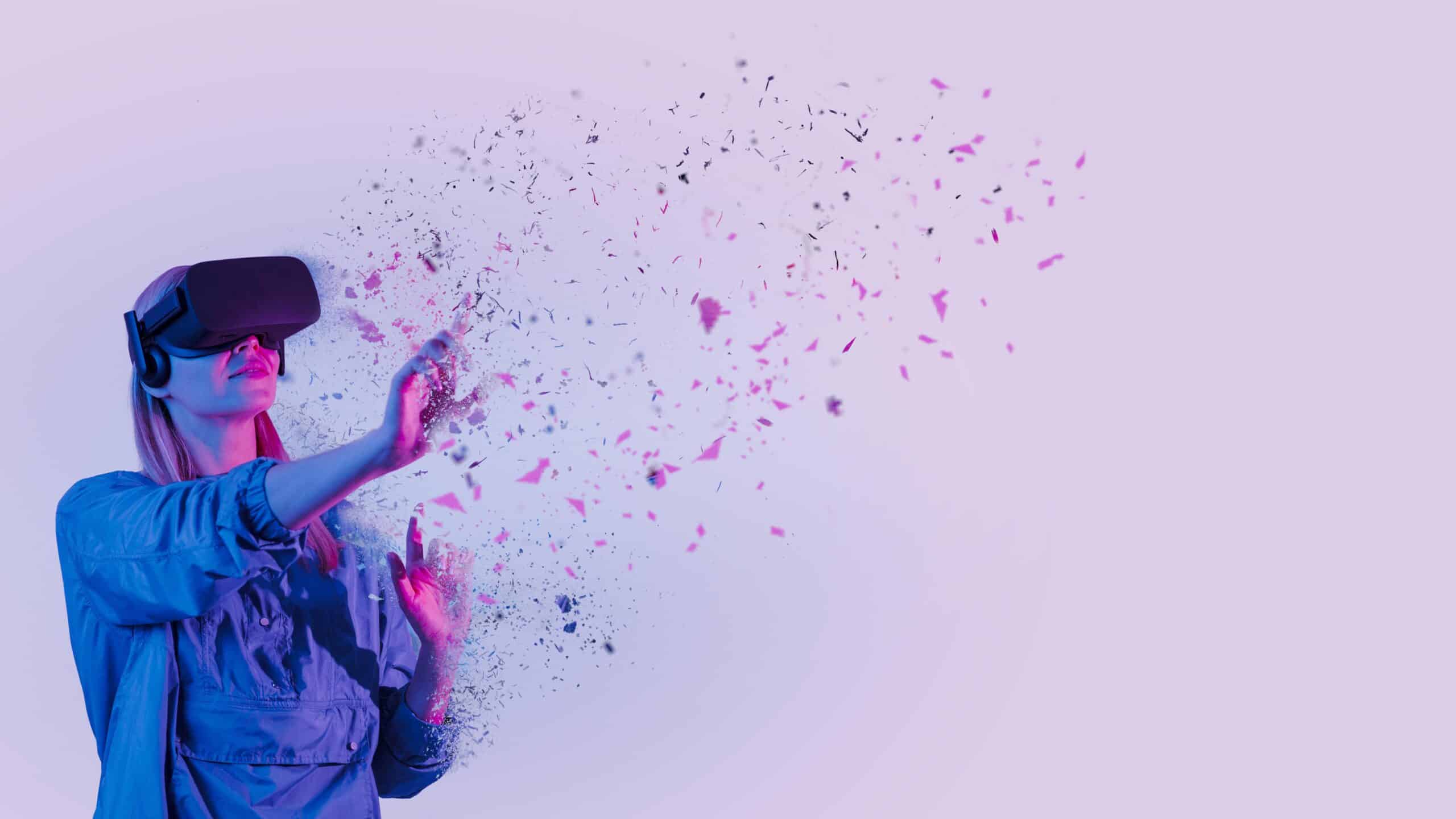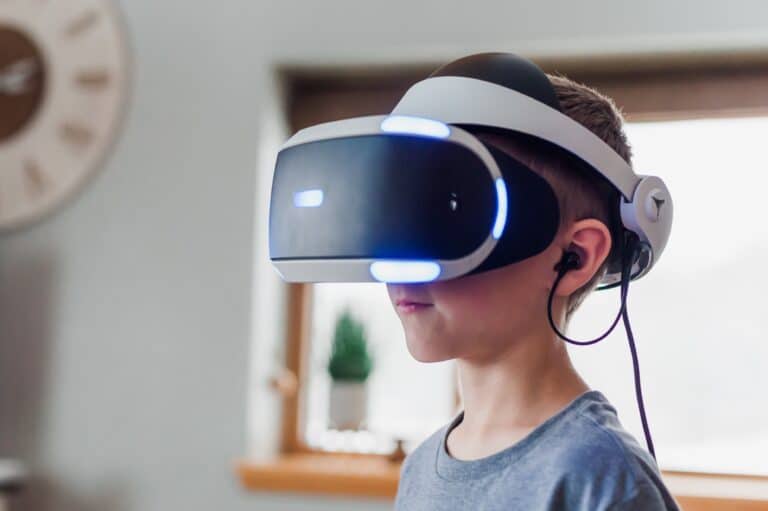Virtual Reality and Mental Health – A Pair With Promising Results
Artificial Assumptions
It might feel natural to conclude that digital games and virtual reality tools should not be encouraged for children and young adults, especially as a way to help with mental health conditions. Even with some of WonderSeed’s content on the topic, the beneficial role that virtual reality can play in treating trauma and other mental conditions is often misunderstood. This is because video games and altered digital worlds can be seen as a distraction or even a detriment to healthy brain maturation. These artificial worlds are often linked to science fiction and fantasy plots, rather than proven science. Yet, discoveries are being made on a regular basis, proving that VR is an extremely viable form of therapy for children and young adults.
Evidence / Role-Playing
While some VR technologies have been used to treat post-traumatic stress disorders for the last few decades, using it to help with a wide range of mental health issues is proving to be more helpful (and hopeful) than ever. Of course, “This use of VR to test and tweak the brain is still very new [and] many of these solutions are still in laboratory testing.” Exposure therapy with VR is one of the more popular categories of current treatments where positive results continue to be reported. This form of treatment works by “exposing” the patient to stimuli, environments or objects that cause them fear or anxiety. A VR headset allows a therapist to have much more control over the environment that their patient is being exposed to, in comparison to real-life exposure. It is also reported to be more convenient and cost-effective since all simulations are performed and measured in controlled conditions. Virtual reality, in combination with the major tenets of traditional treatments like exposure therapy, continues to have a significant impact on young people with anxiety, as well as other stress disorders, phobias and psychosis.
Be sure to come back here for our next post, where we will dive into further evidence of success in VR-enabled therapies for children and young adults.




